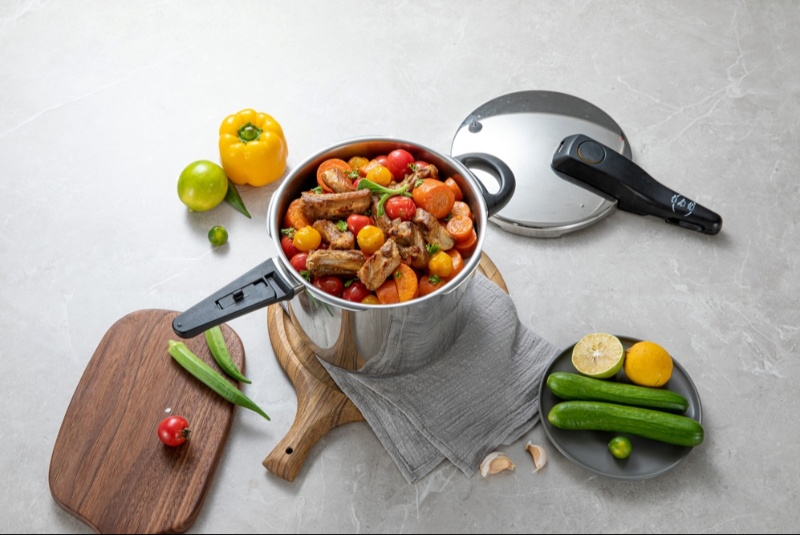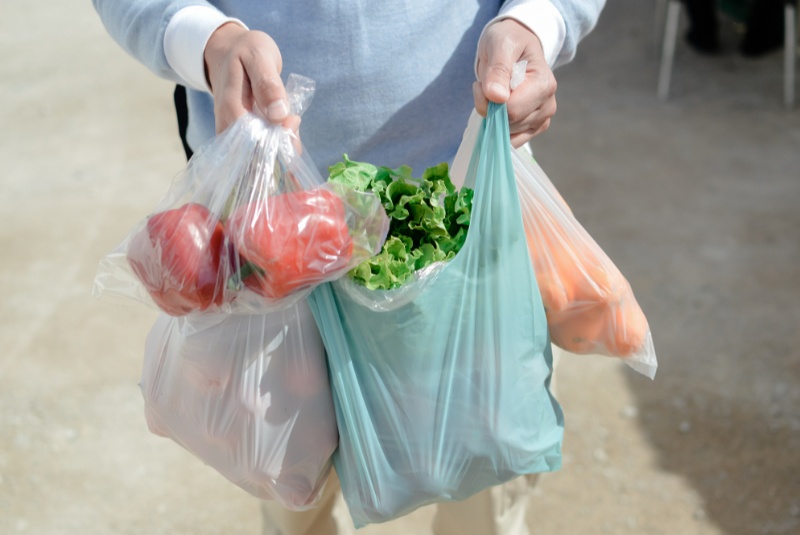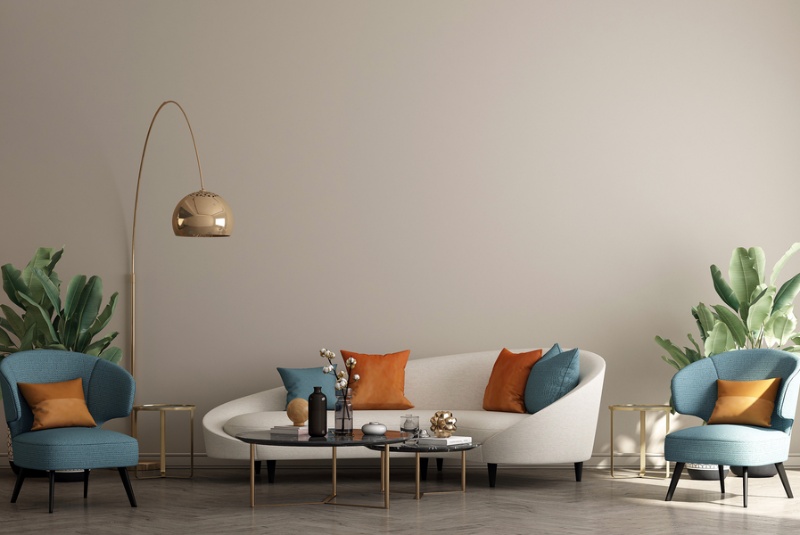Pressure cookers have become a staple in many kitchens due to their ability to cook food quickly and efficiently. They save time, preserve nutrients, and can prepare a wide range of dishes. With various models and features available, choosing the right pressure cooker can be overwhelming. This comprehensive guide provides essential tips and insights to help you make an informed decision, ensuring you select a pressure cooker that meets your cooking needs and preferences.
Understanding Pressure Cooker Types
Pressure cookers come in two main types: stovetop and electric. Stovetop pressure cookers are traditional models that heat up quickly and offer precise control over cooking pressure. They are durable and can reach higher pressures, which can speed up cooking times. Electric pressure cookers, on the other hand, are more user-friendly, featuring built-in timers, safety mechanisms, and programmable settings. Understanding the differences between these types helps you choose a pressure cooker that fits your cooking style and kitchen setup.
Evaluating Capacity
Pressure cookers are available in various sizes, typically ranging from 3 to 10 quarts. The right size depends on the number of people you usually cook for and the types of dishes you prepare. Smaller cookers (3-4 quarts) are suitable for singles or couples, while medium-sized models (6-8 quarts) work well for families. Larger cookers (8-10 quarts) are ideal for batch cooking and larger families. Evaluating capacity ensures your pressure cooker can accommodate your cooking needs, preventing overcrowding and ensuring even cooking.
Considering Material and Build Quality
The material and build quality of a pressure cooker are crucial for its durability and performance. Stainless steel is the preferred material for most stovetop models due to its durability, resistance to staining, and non-reactive properties. It also ensures even heat distribution. Aluminum cookers are lighter and heat up quickly but may react with acidic foods and are prone to staining. Electric pressure cookers often feature non-stick inner pots, which are easy to clean but may wear out over time. Considering material and build quality ensures your pressure cooker lasts longer and performs reliably.
Exploring Safety Features
Safety is a paramount consideration when choosing a pressure cooker. Look for models with multiple safety features, such as locking lids, pressure release valves, and safety clamps. Modern electric pressure cookers often have automatic pressure control and overheat protection. Stovetop models should have a robust locking mechanism to prevent accidental opening under pressure. Exploring safety features ensures you can use your pressure cooker confidently, minimizing the risk of accidents and ensuring safe cooking.

Assessing Pressure Settings and Controls
Different recipes require different pressure levels, so having a pressure cooker with adjustable pressure settings is beneficial. Stovetop pressure cookers typically offer high and low-pressure settings, while electric models may provide a range of settings for greater flexibility. Additionally, intuitive controls and clear indicators for pressure levels and cooking time make the cooking process more manageable. Assessing pressure settings and controls ensures you can achieve the desired cooking results for a variety of dishes.
Evaluating Ease of Use
Ease of use is an important factor, especially for beginners. Electric pressure cookers are generally more user-friendly, with digital displays, preset cooking programs, and automated pressure control. They often come with detailed user manuals and recipe guides. Stovetop models may require a bit more experience to master but offer greater control over the cooking process. Evaluating ease of use ensures you select a pressure cooker that matches your cooking skills and simplifies your meal preparation.
Considering Maintenance and Cleaning
Regular maintenance and easy cleaning are essential for the longevity and hygiene of your pressure cooker. Stainless steel cookers are usually dishwasher safe and easy to clean, while non-stick inner pots in electric models require gentle cleaning to avoid damage. Look for models with removable parts, such as lids and sealing rings, which can be cleaned separately. Considering maintenance and cleaning ensures you choose a pressure cooker that is easy to care for, keeping it in good working condition for years.
Checking for Warranty and Customer Support
A good warranty and reliable customer support are important when investing in a pressure cooker. Look for models that offer at least a one-year warranty, with longer warranties being preferable. Check the manufacturer’s reputation for customer service, including availability of support and responsiveness to issues. Reading customer reviews can provide insights into the reliability and service quality of the brand. Ensuring a good warranty and customer support provides peace of mind and protection against potential issues.
Comparing Prices and Value
Pressure cookers come in a wide range of prices, from budget-friendly options to high-end models with advanced features. Determine your budget and prioritize the features that are most important to you. While higher-priced cookers often offer better performance, durability, and more features, there are many affordable options that provide excellent value. Comparing prices helps you find a cooker that offers the best balance of quality and affordability, ensuring a cost-effective purchase.
Reading Reviews and Seeking Recommendations
Customer reviews and expert recommendations provide valuable insights into the performance and reliability of different pressure cooker models. Look for detailed reviews that discuss aspects such as ease of use, safety features, cooking performance, and overall satisfaction. Professional reviews and consumer reports offer in-depth analysis and comparisons. Additionally, seek recommendations from friends, family, or online cooking communities. Reading reviews and seeking recommendations ensures you make an informed decision based on real-world experiences and expert opinions.
Testing Before Purchase
If possible, test the pressure cooker before making a purchase. Visit stores that offer display models you can try. Assess the build quality, ease of use, and functionality of the controls. Pay attention to how well the cooker handles different cooking tasks and how intuitive it is to operate. Testing before purchase ensures you choose a cooker that meets your comfort and functional needs, avoiding potential issues after buying. This hands-on experience can provide valuable insights that specifications alone cannot convey.
Supporting Reputable Brands
Choosing a reputable brand known for quality and innovation can enhance your confidence in your purchase. Established brands often provide better customer support, more comprehensive warranties, and a wider range of replacement parts and accessories. Research brands with a history of producing reliable and high-quality pressure cookers. Supporting reputable brands ensures you invest in a cooker that is built to last and backed by reliable service, providing peace of mind and long-term satisfaction.
Considering Additional Features
Some pressure cookers come with additional features that enhance their functionality and convenience. These may include sautéing and browning functions, delay timers, keep-warm settings, and preset cooking programs for specific dishes. Electric pressure cookers often have digital interfaces that allow you to customize cooking times and pressure levels. Considering additional features ensures you select a pressure cooker that offers versatility and convenience, making meal preparation easier and more enjoyable.
Selecting the right pressure cooker involves understanding different types, evaluating capacity, and considering material and build quality. Exploring safety features, assessing pressure settings, and evaluating ease of use are essential for choosing a cooker that meets your cooking needs. Considering maintenance, checking for warranty and customer support, and comparing prices further guide your decision. Reading reviews, testing before purchase, and supporting reputable brands provide additional assurance. Use this guide to navigate the market confidently and find the perfect pressure cooker that offers convenience, performance, and value for your cooking adventures.




